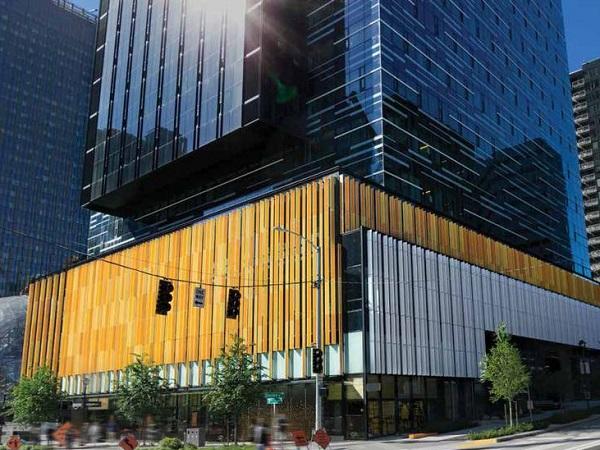
Date: 16 November 2017
Colored structural glazing applications are appearing in a growing number of innovative architectural projects, as architects and designers appreciate that aesthetics can be combined with safety and structural strength with the application of interlayers – especially those from the impressive PVB and ionoplast portfolio from Trosifol™.
Nowhere is this deployment of color more evident than in a recent application for a new office building housing a major corporation in downtown Seattle – where Trosifol® Diamond White PVB has been combined with frits of various shades to create a striking twocolor effect on glass fins that adorn the exterior façade of the building.
The thin vertical fins impart and display variations of the same company-brand color on one side and brilliant white on the other, with no bleed through, thanks to the Trosifol® Diamond White interlayer.
Indeed, Trosifol® Diamond White is the only totally opaque white interlayer that eliminates the possibility of bleed through from the colored frit.

According to Michael Zizek, Marketing Director at the laminator, Vitrum Glass Group: “The architect, NBBJ, and glazier, Walters and Wolf, had an idea of what they wanted and approached Vitrum for design assistance. The challenge was producing a fin with a strong vibrant color on one side and pure white on the other side. The technical team here at Vitrum determined that a combination of ceramic frit and high-opacity white PVB was the best solution and through mock-ups and trials we found that Trosifol® Diamond White was the ideal PVB interlayer for this application. This was both Vitrum and Walters and Wolf’s first time using Trosifol® Diamond White as a separator in a color frit application. We have, however, used this interlayer to great success on its own before.”
Dale Alberda, Principal/Architect at NBBJ, explains: “The fins not only add color and dimensional relief, but also help control the amount of direct sunlight on the building skin. The idea to use two colors came very early in the design process and was driven by the desire to create a dynamic and changing building façade. We used computer modelling, among other tools, to compose the fin pattern, while optimising and preserving views from the interior. We have also used interlayers before, in overhead canopy glass.”
The 1,000 fins, covering approximately 10,000 ft2 (930 m2), were produced in four sizes, 12 in (30 cm) x 87 in (221 cm), 8 in (20.3 cm) x 87 in, 12 in x 63 in (160 cm) and 8 in x 63 in. They were made up of two 6 mm (0.23 in) heat-strengthened Starphire Velour Etch glass panes on the external surfaces, with a laminate in between, comprising 0.030 in (0.76 mm) Trosifol® UltraClear PVB, 0.030 in Trosifol® Diamond White PVB and a ceramic frit, which was either ‘Curry’, ‘Forceful Orange’, ‘Nasturtium’ or ‘Golden Rod’.

Zizek explains: “Due to the overhead installation, the fasteners used and the wind-load requirements, a laminated safety glass product was required for this project; and Trosifol® Diamond White PVB provided a solution for both the aesthetic and technical/code requirements. Indeed, Diamond White’s excellent compatibility with ceramic frits provided the high adhesion needed to pass ASTM standards. Walters and Wolf also developed a unique stand-off style fastening system so the fins would not be sitting in water. This fastening system also allowed the fins’ mounting angle to be adjusted.”
Trosifol® Diamond White is part of the company’s opaque range, which also includes Trosifol® Brilliant Black.

Photo: © Kuraray
Both variants offer multiple application possibilities for both external applications, as seen on the fins for this building, and internal applications, such as office dividers, white boards and screens.
Trosifol also has its Color range, which delivers PVB design films for colored laminated safety glass in a broad range of colors and light transmittance/translucency values.
Offering outstanding colorfastness, they can be deployed indoors and outdoors across a huge and diverse range of applications.
Complementing the Color range is SentryGlas® TW (Translucent White), which gives architects more freedom in their designs, combined with the improved structural properties of SentryGlas® ionoplast interlayers.
Christoph Troska, Global Architectural Marketing Manager, at Trosifol™ explains how the market and applications are evolving:
“Color is such an important facet of an architect’s thought process, as it can support a brand, offer sympathetic visual cues with the local environment and deliver incredibly striking design concepts. With the growing use of glass as a functional architectural material, it is a natural progression to see color being added to interlayer solutions. As new concepts in functional, safety and aesthetic applications evolve, we further develop our range to meet these demands – to provide architects and designers with a whole host of answers and, of course, many new and interesting opportunities.”
Trosifol™ is the global leader in PVB and ionoplast interlayers for laminated safety glass in the architectural segment. With the broadest product portfolio Trosifol™ offers outstanding solutions:
- Structural: Trosifol® Extra Stiff (ES) PVB and SentryGlas® ionoplast interlayer
- Acoustic: Trosifol® SC Monolayer and Multilayer for sound insulation
- UV Control: from full UV protection to natural UV transmission
- UltraClear: lowest Yellowness Index in industry
- Decorative & Design: black & white, colored & printed interlayers
 600450
600450

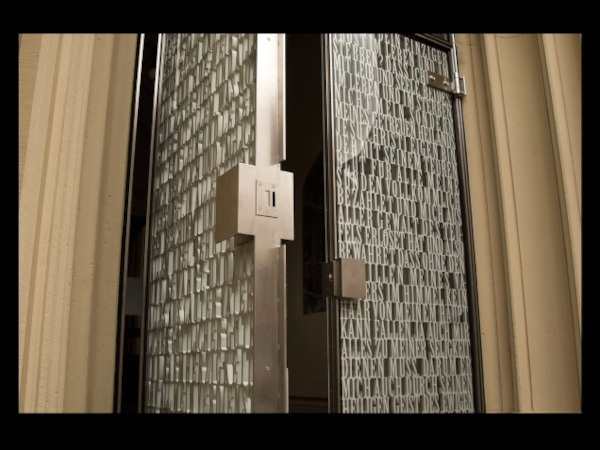
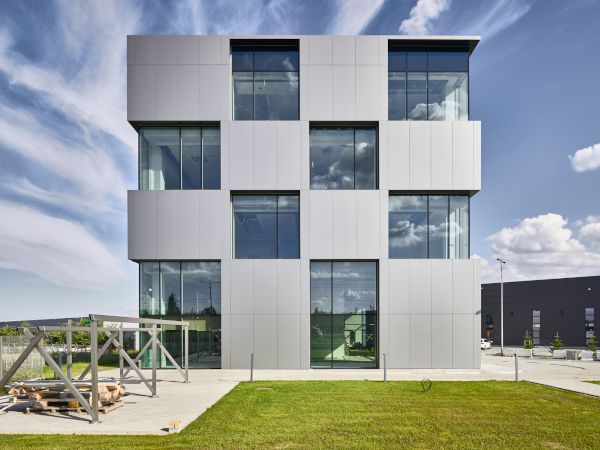



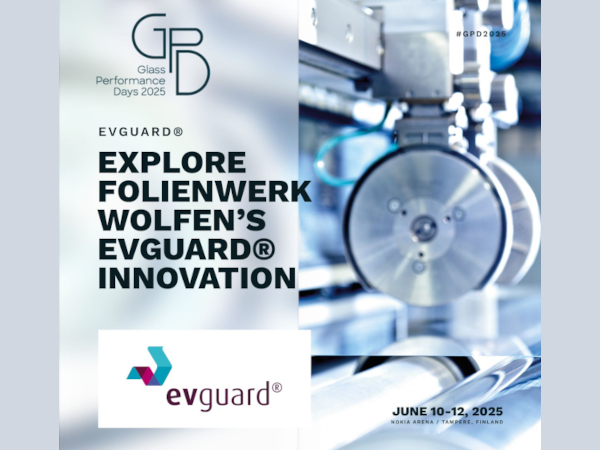



























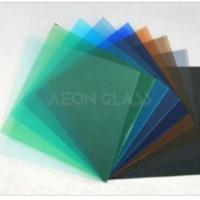


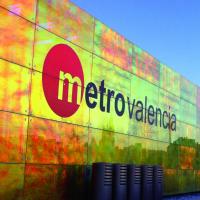

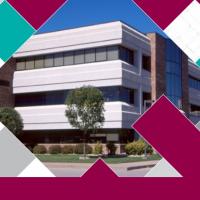
Add new comment